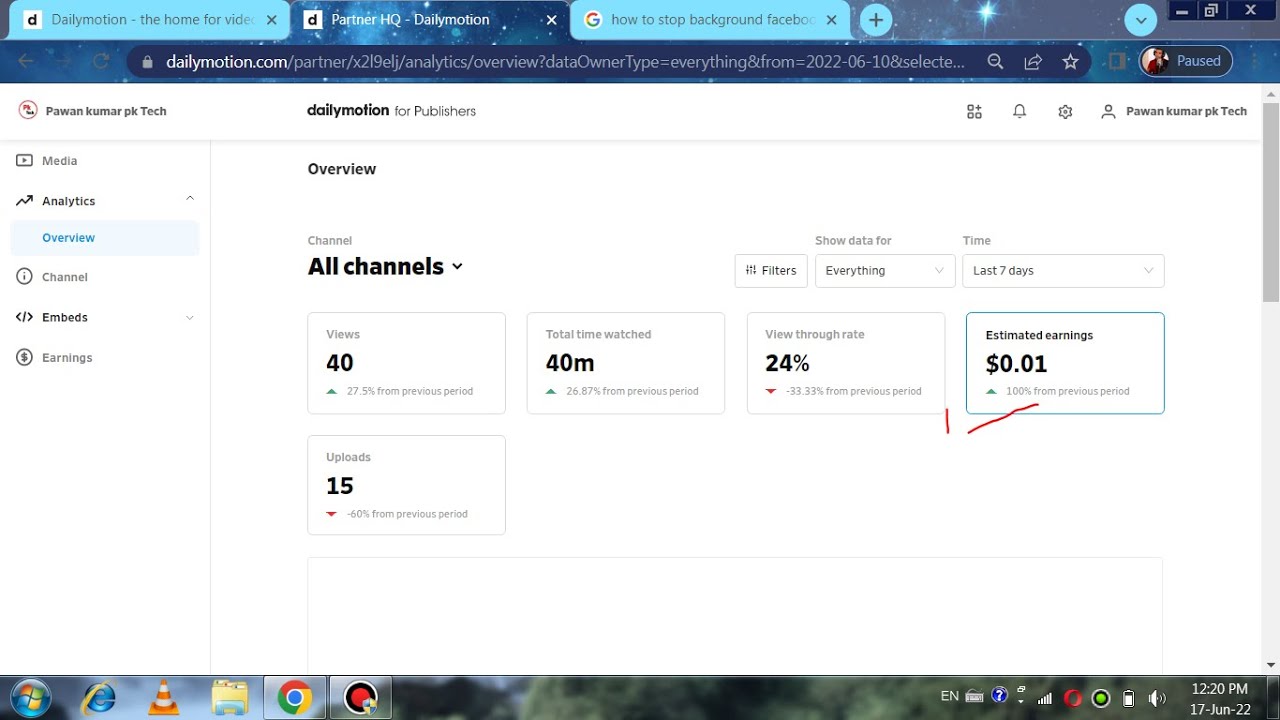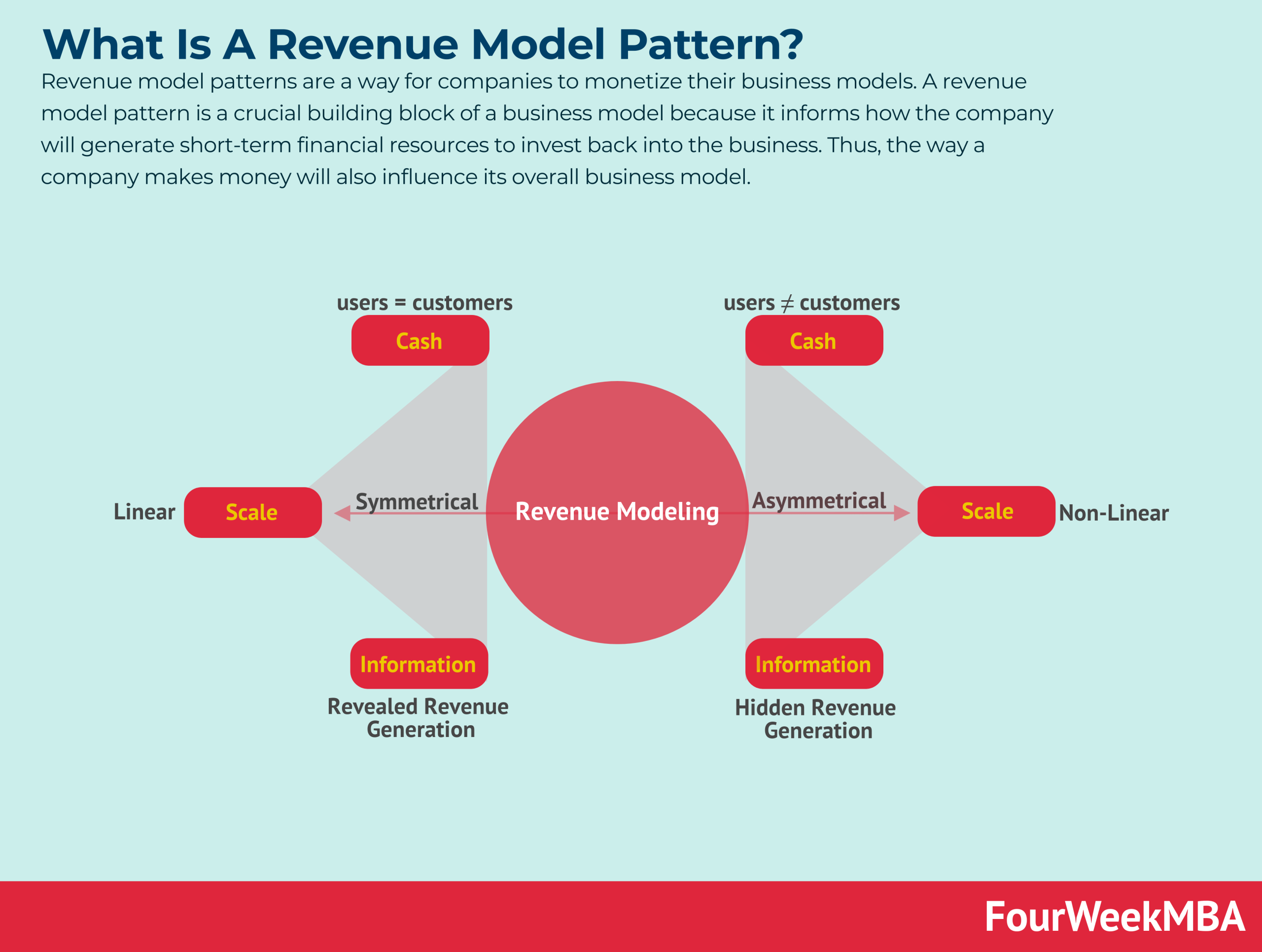Dailymotion is a popular video-sharing platform that aims to provide a diverse range of video content to users around the globe. Founded in 2005, it has evolved into a significant player in the online video space, competing with giants like YouTube. The primary purpose of Dailymotion is to empower creators by giving them a platform to share their videos and connect with audiences. It serves as a hub for everything from user-generated content to professional media. By allowing users to explore various genres and topics,
The Different Revenue Streams of Dailymotion

Dailymotion employs a multifaceted business model that enables it to generate revenue through several key channels. Understanding these revenue streams gives insight into how the platform sustains its operations and continues to grow. Here’s a breakdown of Dailymotion's major revenue sources:
- Advertising Revenue: One of the primary ways Dailymotion makes money is through advertisements. The platform showcases various ad formats, including:
- Pre-roll Ads: These ads run before the video content starts, grabbing viewers' attention right from the get-go.
- Mid-roll Ads: These are displayed during the video, typically in longer content, to maximize ad exposure.
- Post-roll Ads: These come at the end of the video, serving to remind viewers of products or brands after engagement.
- Partnership Programs: Dailymotion collaborates with media companies, brands, and content creators through various partnership agreements. This allows for monetization of content while providing exclusive partnerships that can attract larger audiences.
- Sponsorships and Promotions: Some content creators on Dailymotion enter agreements with brands to produce sponsored content, which can provide an additional layer of revenue for both the creator and the platform.
- Premium Services: Dailymotion offers its users the option to describe premium services, such as ad-free viewing experiences or enhanced features, providing another stream of income.
- Content Distribution: Dailymotion licenses content to third parties, such as other websites or TV networks, ensuring a steady flow of revenue while expanding its reach.
Overall, Dailymotion's business model is built on a diverse range of revenue sources, allowing it to accommodate various stakeholders and sustain its growth in the competitive video-sharing landscape.
Also Read This: How to Download Dailymotion Videos on PS3: Easy Methods Explained
Advertising Revenue: How it Works

Advertising revenue is a major pillar of Dailymotion's business model, and it operates similarly to other video-sharing platforms. When you think about it, it's all about bringing together viewers and advertisers in a space where both can benefit. So, how does this work exactly? Let’s break it down.
First off, Dailymotion uses what’s called a “programmatic advertising” model. This means that ads are sold in real-time based on the specific interests of viewers. Advertisers target their message to particular demographics, ensuring that the ads displayed are relevant to the audience watching the videos. This targeted approach not only improves engagement but also enhances the chances of conversion for advertisers.
Here’s a quick rundown of the various advertising formats available on Dailymotion:
- Display Ads: Banners or pop-ups on video pages.
- Pre-roll Ads: Short ads that play before the main video content.
- Mid-roll Ads: Ads that interrupt the content at strategic points.
- Post-roll Ads: Ads shown after the video ends.
Additionally, Dailymotion provides performance data and analytics to advertisers, which helps to measure the effectiveness of their campaigns. By continuously refining their strategies based on these insights, both Dailymotion and the advertisers can maximize their revenue potential.
Also Read This: How to Do Waterfall Braid on Dailymotion: A Step-by-Step Hairstyling Tutorial
Content Partnerships and Licensing

Another interesting aspect of Dailymotion's revenue model is its focus on content partnerships and licensing. This means that Dailymotion doesn’t just rely on user-generated content; it collaborates with established brands and content creators to enhance its library and attract more viewers.
Through these partnerships, Dailymotion gains access to high-quality, engaging content that can draw in larger audiences. But how exactly does this work?
Here are some key elements of Dailymotion’s content partnerships:
- Licensing Agreements: Dailymotion enters into agreements with content creators and production companies, allowing them to showcase their videos on the platform in exchange for financial compensation.
- Exclusive Content: Sometimes, Dailymotion partners with popular brands for exclusive content that can create buzz and drive traffic to the site.
- Co-production: In some cases, Dailymotion may collaborate on original content, sharing both the production costs and the revenue from this content.
Through these partnerships, Dailymotion not only expands its video offerings but also strengthens its brand and market standing. The more quality content available, the more likely users are to return, which in turn boosts advertising revenue. It’s a win-win for everyone involved!
Also Read This: How to Download Videos from Dailymotion on PC
5. Premium Content and Subscription Models
Dailymotion has smartly tapped into the realm of premium content and subscription models, allowing it to diversify its revenue streams significantly. By offering exclusive and high-quality content, Dailymotion can attract a niche audience willing to pay for top-notch viewing experiences. Here's how it works:
- Premium Partnerships: Dailymotion collaborates with various content creators, studios, and media companies to provide premium content. This can range from documentaries, indie films, or exclusive music performances that aren’t readily available elsewhere.
- Subscription Services: Dailymotion has experimented with subscription-based services that allow users to subscribe for ad-free experiences or access to exclusive content. This not only enhances user engagement but also generates steady income.
- Pay-Per-View Options: To maximize flexibility for users, Dailymotion sometimes implements pay-per-view models, allowing viewers to pay a one-time fee to watch specific content. This can be particularly lucrative for live events or hotly anticipated releases.
By combining these strategies, Dailymotion isn't just reliant on ad revenue; it creates a multi-faceted approach that appeals to both casual viewers and die-hard fans. Premium subscriptions can increase customer loyalty, while charging for exclusive content can drive significant revenue growth.
Also Read This: Projecting an Image to Trace Without a Projector
6. Factors Influencing Dailymotion's Profitability
Dailymotion's profitability isn't just about user numbers and ad placements; a multitude of factors plays a crucial role in determining how successful the platform can be. Here are a few key influences:
| Factor | Impact on Profitability |
|---|---|
| User Engagement: | Higher user engagement leads to more ad views and can boost subscription sign-ups, directly impacting revenue. |
| Content Quality: | Offering high-quality, relevant content attracts more viewers, making advertisers more interested in placing ads on the platform. |
| Market Competition: | With major players like YouTube and Vimeo, competition can influence advertising rates and user acquisition strategies. |
| Economic Factors: | Overall economic conditions can affect advertising budgets, which in turn impacts Dailymotion’s ad revenue. |
| Technological Innovations: | Improvements in streaming technology can enhance user experience and attract advertisers looking for modern platforms. |
In essence, Dailymotion's profitability hinges upon understanding and adapting to these factors. By continuously improving user experience and optimizing its offerings, Dailymotion positions itself well against competitors while boosting its bottom line.
How Dailymotion Generates Revenue Through Its Business Model
Dailymotion is one of the largest video-sharing platforms globally, and it has developed a diverse business model to generate revenue. Here are some key components of Dailymotion's revenue generation strategy:
- Advertising Revenue: Dailymotion incorporates various ad formats into its platform, including:
- Display ads: Banners and overlays that appear alongside videos.
- Video ads: Pre-roll, mid-roll, and post-roll ads that play before or during the content.
- Sponsored content: Collaborations with brands to promote products through video content.
- Content Partnerships: Dailymotion has partnered with content creators, media companies, and brands to offer exclusive content, driving user engagement and generating additional revenue streams via licensing deals.
- Dailymotion for Publishers: This service provides publishers with tools to monetize their video content effectively while also benefiting from Dailymotion's extensive distribution network.
- Data Monetization: Leveraging viewer data to offer targeted advertising opportunities, capturing higher ad rates and improving the ROI for advertisers.
The platform is also continuously evolving and adapting to trends in digital consumption, such as mobile viewing preferences, enabling it to stay competitive in the video-sharing domain.
| Revenue Stream | Description |
|---|---|
| Advertising | Ad placements around user-generated and partner content. |
| Partnerships | Agreements with content creators and brands to share revenue. |
| Subscription Services | Premium content for users willing to pay for ad-free viewing. |
Conclusion: The future of Dailymotion's revenue strategy is likely to rely on enhanced targeting capabilities, increased partnerships, and leveraging new technologies to adapt to the evolving landscape of online video consumption.
 admin
admin








